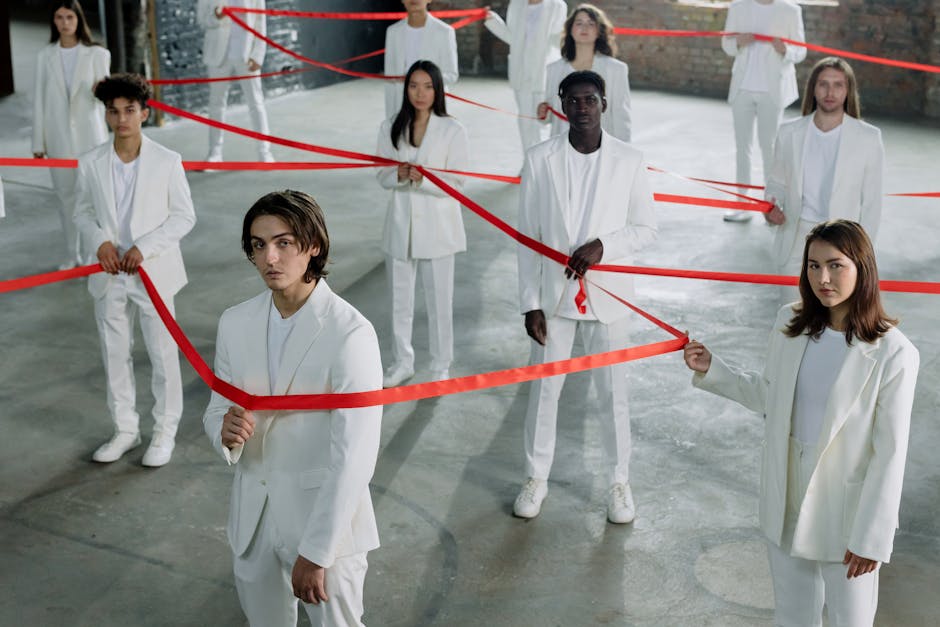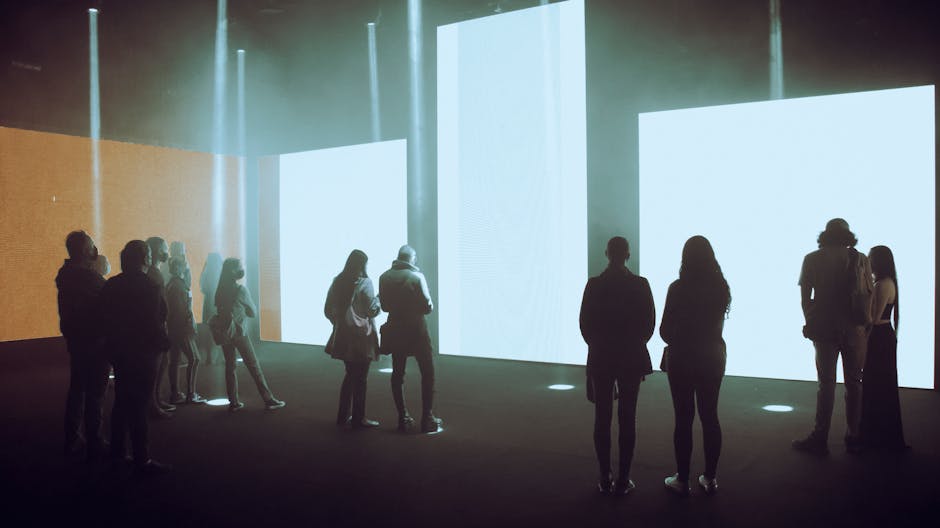Historical Context of Feminist Art
Feminist art emerged during the late 1960s, alongside global movements for civil rights, gender equality, and self-expression. Women artists, particularly queer women, used visual art to explore and challenge traditional gender roles. This new form of art sought to highlight the diverse experiences of women, rather than simply seeking inclusion in male-dominated galleries.
Key figures like Judy Chicago and Miriam Schapiro led the way with initiatives such as the Feminist Art Program at the California Institute of the Arts. Their project, Womanhouse, transformed an entire house into a critique of domestic life and its impact on femininity and feminist consciousness.
As the movement progressed, it began to address not only gender but also sexuality and LGBTQ identities. Artists like Frida Kahlo and Claude Cahun explored gender fluidity and queer identity in their work. Kahlo's self-portraits embraced both masculine and feminine elements, while Cahun's photographs challenged traditional gender roles.
The 1970s saw further radicalization of these ideas. Artists like Carolee Schneemann created provocative works that confronted viewers with unapologetic femininity. Suzanne Lacy expanded feminist art to include community-oriented projects, addressing social issues like violence against women.
Feminist art during this era served as both a reflection of women's lives and a tool for reshaping societal norms. It challenged invisibility, rebelled against the 'boys club' mentality, and affirmed the voices of women, especially queer women.
Intersectionality in Feminist Art
As the feminist art movement matured, intersectionality became a crucial lens for creation and interpretation. Artists began to explore the overlapping constructs of gender, race, sexuality, and class, offering a richer array of perspectives.
Artists like Lorna Simpson and Kara Walker wove race and gender into their work, addressing societal assumptions and historical tensions. Adrian Piper's performances and installations challenged conventions of race and gender, often forcing audiences to confront their own biases.
The Guerrilla Girls used humor and anonymity to critique gender and racial discrimination within the art world, emphasizing the intersections of identity and market dynamics.
This intersectional approach enriched the political potential of feminist art, refusing to simplify experiences to a single narrative. Instead, it celebrated the complexities of identity, reshaping dialogues around representation and authenticity.

Queer Representation in Feminist Art
Queer representation in feminist art has been a powerful force for visibility and self-affirmation. Artists in this space have challenged societal norms, using their work to shape conversations around gender and sexuality.
Claude Cahun's early 20th-century self-portraits playfully commented on gender fluidity, inviting viewers to consider identity as multifaceted rather than fixed. Contemporary artists like Catherine Opie capture the nuances of LGBTQ life, presenting tender and candid portraits that affirm queer existence.
David Wojnarowicz's work, such as One Day This Kid…, provides stark insights into the discrimination faced by LGBTQ individuals, serving as both art and protest. Robert Mapplethorpe's provocative photography revolutionized the visual aesthetic of queer identity, capturing the eroticism and intimacy of queer spaces.
The collaborative work of Keith Haring with Bill T. Jones bridges dance, body art, and street culture, amplifying LGBTQ visibility through performance. These artists contribute to a broader understanding of how art can serve as both a mirror and a map for queer identities, fostering inclusivity and empowering historically oppressed voices.
Institutional Critique and Feminist Art
Institutional critique in feminist art challenges the power structures and biases entrenched in traditional art spaces. Artists question who decides what art is valued, whose stories are told, and who has access to these spaces, aiming to reshape the art world to be more inclusive and equitable.
Andrea Fraser uses performance and interventions to critique institutional practices, blurring lines between artist and curator. The V-Girls collective employed satirical reinterpretations of art history to expose privileges and absurdities within historical accounts that often omit or misrepresent women and minority artists.
The Guerrilla Girls famously used bold posters to critique gender disparities in art exhibitions and collections. Their work transforms gallery spaces into domains of activism and awareness.
Exhibitions like Judy Chicago's "The Dinner Party" and the "Womanhouse" project confront institutional norms by creating inclusive spaces that celebrate women's voices and experiences. These installations redefine art spaces, integrating community engagement and social commentary.
Feminist artists also challenge curatorial practices, calling for diversity and multiple perspectives in art institutions. Their critiques serve as calls to action for reform and inclusivity, pushing the art world to expand its vision and create a more equitable future for all voices.
Contemporary Challenges and Opportunities
Today's LGBTQ artists face a dynamic landscape with both challenges and opportunities. Increased visibility can be a double-edged sword, offering platforms to amplify queer voices while also exposing artists to persistent threats and prejudices.
Digital media and global platforms allow for unprecedented reach, enabling artists to craft stories that resonate beyond gallery walls. However, many LGBTQ artists still face barriers in institutional recognition and systemic discrimination. The art world continues to wrestle with issues of tokenism and the commodification of queer experiences.
Globalization fuels complex dialogues about the cultural relativism of queer perspectives, challenging artists to bridge unique cultural stories with universal themes of identity and struggle. However, grassroots collaborations and community-driven art practices offer renewed agency and spaces for experimentation.
As contemporary feminist art navigates these waters, LGBTQ artists play a pivotal role in bridging communities, influencing public sentiment, and reflecting society's true diversity. Through their work, they ensure that the fight for visibility and equality remains an ongoing movement, resonating with the core of human experience.

Feminist art continues to challenge norms and reshape perceptions, reminding us that art is both a form of expression and a catalyst for change. Through diverse voices and vibrant expressions, it pushes boundaries and celebrates the multifaceted nature of human identity.






















